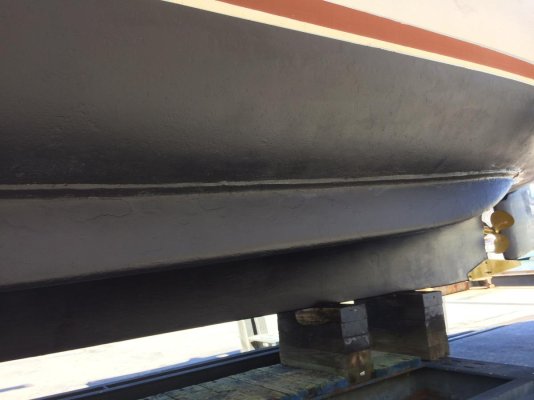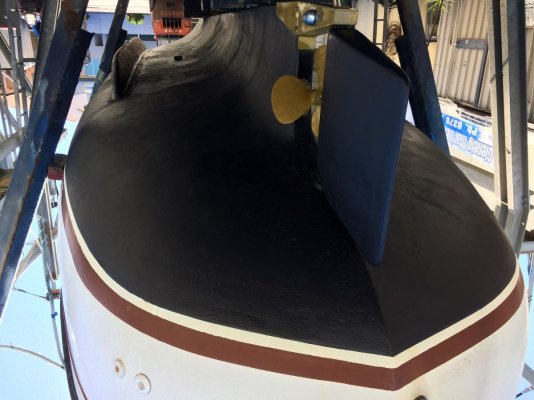BruceK
Moderator Emeritus
- Joined
- Oct 31, 2011
- Messages
- 13,549
- Vessel Name
- Sojourn
- Vessel Make
- Integrity 386
Has anyone fitted bilge keels to a trawler(let`s skip the semantics) or an SD power boat hull, with twins or single.
If so, what form did they take, where were they placed,how was it done and attached,why did you do it, and what was the result.
If so, what form did they take, where were they placed,how was it done and attached,why did you do it, and what was the result.



